In today's rapidly advancing technological landscape, health monitoring technology is developing at an unprecedented speed. Among these advancements, the plantar pressure testing system, as a cutting-edge biomechanical application, is gradually entering the public eye.
It not only helps us gain a deeper understanding of our gait and foot health but also plays a significant role in preventing and treating foot diseases and enhancing athletic performance. This article will rigorously explore the significance of measuring plantar pressure distribution with the foot pressure testing system, revealing the underlying scientific principles and broad applications.
I. Scientific Principles of the Plantar Pressure Testing System
The plantar pressure testing system is based on biomechanical principles and captures pressure distribution data from the foot during activities such as walking and running using high-precision sensors.
These sensors can be embedded in insoles, floors, or specialized testing equipment to record and analyze the force exerted on various regions of the foot in real-time. The system generates detailed pressure distribution maps, visually displaying the intensity, distribution, and trends of pressure across different parts of the foot, providing a scientific basis for subsequent assessment and treatment.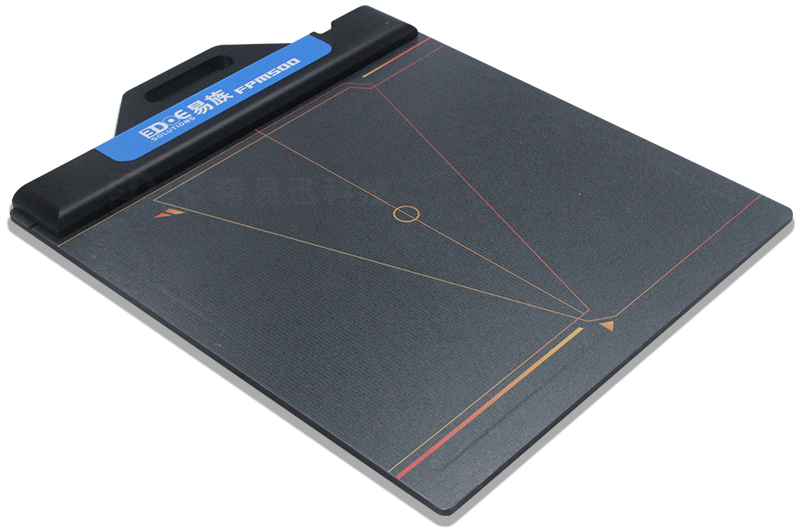
II. Significance of Plantar Pressure Testing
Prevention and Intervention of Foot Diseases
Abnormal plantar pressure distribution is often an early signal of foot diseases.
Through plantar pressure testing, conditions such as flat feet, high arches, and plantar fasciitis can be detected early, allowing for targeted interventions to prevent worsening. For diabetic patients, monitoring plantar pressure is particularly important, as neuropathy may lead to insensitivity to abnormal pressure, increasing the risk of ulcers and infections. Real-time monitoring enables doctors to promptly identify and address these issues, helping patients better manage their conditions.
Enhancing Athletic Performance and Reducing Injuries
In competitive sports, plantar pressure testing systems are widely used for gait analysis and athletic shoe testing.
By measuring athletes' plantar pressure distribution during running and jumping, coaches and athletes can understand the relationship between foot movement and ground reaction forces, optimize techniques, reduce injury risks, and enhance athletic efficiency. Additionally, regular measurement of plantar pressure helps adjust training plans, avoiding fatigue and injuries due to overtraining.
Personalized Customization and Comfort Enhancement
As consumer demands for footwear become increasingly diverse, plantar pressure testing systems provide robust support for shoe design.
By measuring the plantar pressure distribution characteristics of different populations, designers can create more ergonomic, comfortable, and durable footwear. The system can also be used to customize insoles, making personalized adjustments based on individual plantar pressure distribution characteristics to further enhance comfort and health.
Biomechanical Research and Rehabilitation Medicine
In the field of biomechanics research, plantar pressure testing systems are used to study the mechanical characteristics of human walking, running, and other activities.
By analyzing plantar pressure data in depth, scientists can reveal the essence and patterns of human movement, providing important theoretical support for sports science and rehabilitation medicine. In rehabilitation medicine, the system is utilized to assess and treat various foot diseases and functional disorders, helping to develop personalized rehabilitation plans for patients and promote functional recovery.
The plantar pressure testing system, as a significant application of modern biomechanical technology, plays an important role in health monitoring, sports science, shoe design, and more.
Through precise measurement of plantar pressure distribution, we can not only better understand our foot health but also gain more benefits in disease prevention, performance enhancement, and personalized customization.

 +86-0755-86131192
+86-0755-86131192 2024-10-23
2024-10-23 Back to list
Back to list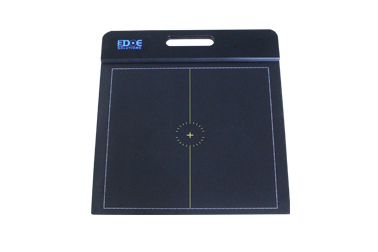
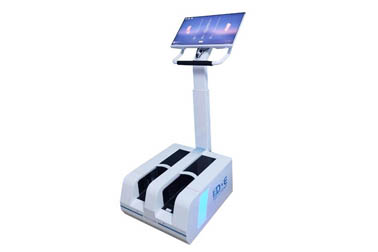
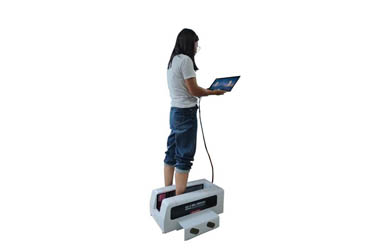
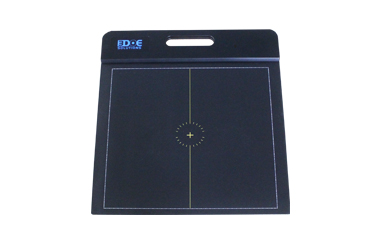

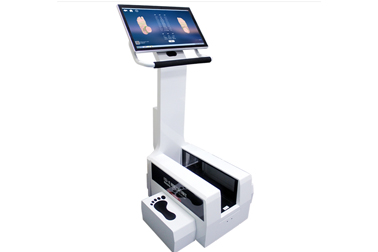



 +86-0755-86131192
+86-0755-86131192